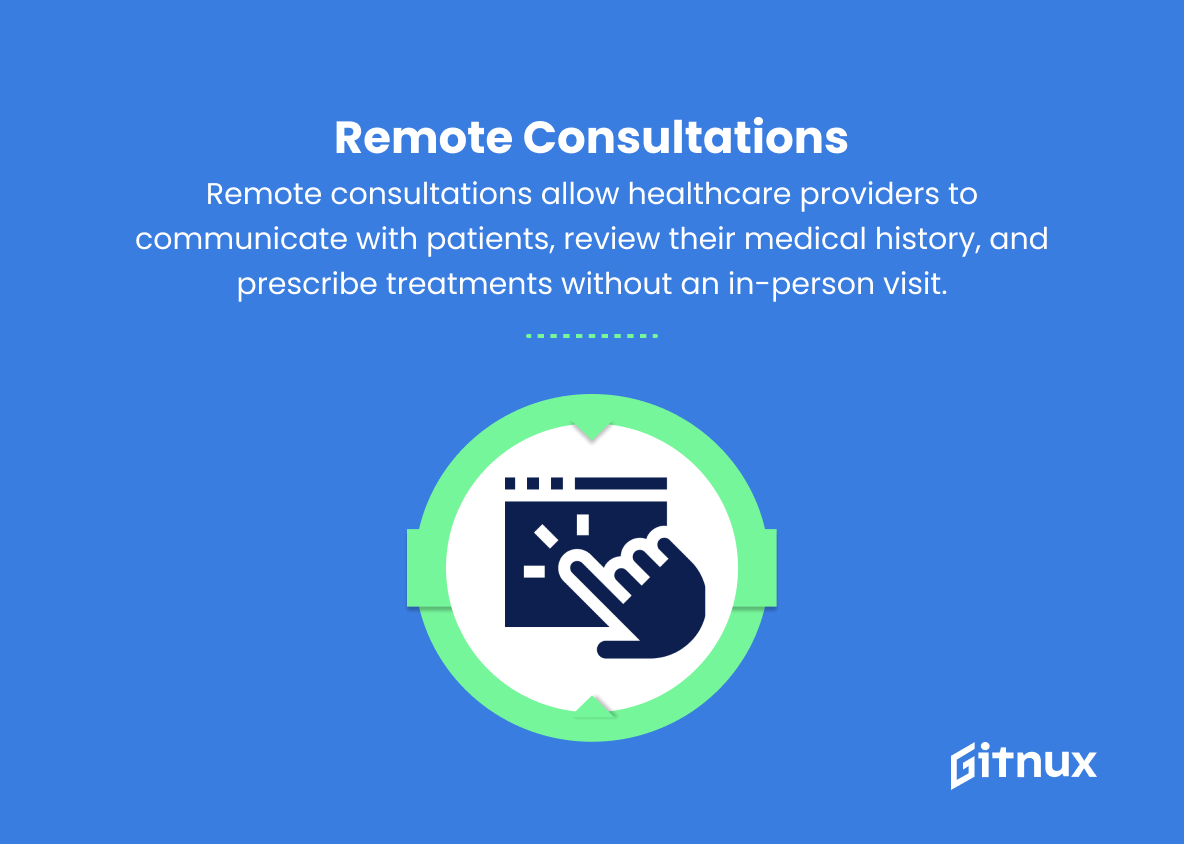In today’s fast-paced and ever-evolving healthcare landscape, remote patient monitoring (RPM) has emerged as a vital component of comprehensive patient care. As technology advances and patients become more engaged in their own health management, new trends in this area of telemedicine promise to revolutionize the ways healthcare providers gather and analyse essential patient data.
In this insightful blog post, we will delve into the latest Remote Patient Monitoring trends, exploring their implications and impact on enhancing patient outcomes, reducing healthcare costs, and streamlining medical professionals’ workflows. Join us as we navigate the fascinating world of RPM and its potential to transform healthcare delivery as we know it.
Top Remote Patient Monitoring Trends
1. Wearable devices
The widespread adoption of wearable devices, like smartwatches and fitness trackers, has made it easier for healthcare professionals to monitor patients’ vital signs and daily activities remotely.
2. Telehealth
Telehealth services have been on the rise, allowing patients to consult with healthcare professionals via video conferencing or other virtual tools, reducing the need for physical visits to healthcare facilities.
3. Internet of Things (IoT) integration
The IoT in healthcare can be used to connect medical devices, such as blood pressure monitors and glucose meters, to the internet for better data collection, management, and sharing.
4. Artificial intelligence and machine learning
AI and machine learning technologies are being used to analyse large amounts of patient data, detect abnormalities, and provide personalized health recommendations and interventions.
5. mHealth apps
Mobile health apps provide patients with access to various services, including medication reminders, nutritional guidance, and exercise regimens, helping them adhere to their treatment plans.
6. Remote consultations
Remote consultations allow healthcare providers to communicate with patients, review their medical history, and prescribe treatments without an in-person visit.
7. Chronic disease management
Remote patient monitoring is particularly helpful in managing chronic conditions like diabetes, hypertension, and chronic obstructive pulmonary disease (COPD), as it enables continuous data collection and monitoring of patients’ health.
8. Aging-in-place solutions
As the population continues to age, remote patient monitoring technologies will be essential in supporting seniors living at home, tracking their physical and mental wellbeing, and alerting caregivers when necessary.
9. Cybersecurity and data privacy
With the increasing amount of sensitive data being transmitted remotely, ensuring the security and privacy of patient data is paramount.
10. Integration with electronic health records (EHRs)
Interconnecting remote patient monitoring devices with EHR systems will enable seamless sharing of health data and help healthcare providers make more informed decisions.
11. Predictive analytics
Analysing collected patient data can help healthcare professionals predict potential health issues, allowing them to intervene early and prevent complications.
12. Healthcare-specific 5G networks
The implementation of 5G technology in healthcare will improve remote patient monitoring capabilities, enabling faster data transmission and improved connectivity.
13. Virtual Reality (VR) and Augmented Reality (AR) therapies
VR and AR technologies can be utilized for remote rehabilitation and therapy sessions, enabling patients to have access to specialized care even when they live in remote areas.
14. Increased regulatory support
As remote patient monitoring becomes more common, we can expect to see increased regulatory support and guidelines from organizations such as the FDA and CDC, encouraging the adoption of these technologies.
15. Collaborative care models
Remote patient monitoring can facilitate better collaboration among healthcare professionals, patients, and caregivers, developing a more comprehensive approach to patient care.
Implications
The increasing prevalence of remote patient monitoring trends, such as wearable devices, IoT integration, and telehealth services, will significantly reshape the healthcare landscape. This shift will enable more personalized and timely care through AI-driven insights and predictive analytics, while reducing the need for physical visits. Telehealth and remote consultations will improve access to specialized services, even for those in remote locations or with limited mobility. As a result, patients with chronic conditions will benefit from continuous monitoring, enhanced disease management, and aging-in-place solutions.
Additionally, the integration of mHealth apps, EHRs, and healthcare-specific 5G networks will streamline data sharing and improve decision-making. However, these advancements in remote healthcare bring about cybersecurity and data privacy challenges, necessitating the development of robust data protection frameworks.
Furthermore, increased regulatory support will foster a more collaborative care model that encourages engagement between healthcare professionals, patients, and caregivers, ultimately leading to a more comprehensive approach to patient care. Simultaneously, emerging technologies such as VR and AR therapies will open new avenues for remote rehabilitation and treatments, ensuring that no patient is left behind in this era of digital healthcare.
Conclusion
Remote Patient Monitoring (RPM) has transformed the healthcare landscape, and the rapid evolution in technology continues to shape the trends within this industry. The rise in wearable devices, integration of artificial intelligence, the onset of 5G, and emphasis on patient-centric care are all driving forces that will continue to propel RPM into the mainstream of healthcare systems globally.
As healthcare providers adapt their practices to take advantage of these trends, they will not only improve patient outcomes, but also enhance overall operational efficiency. RPM is the future of healthcare, and as the trends discussed in this blog post continue to evolve, there is significant potential for RPM to revolutionize the way we approach patient care and wellness worldwide.















